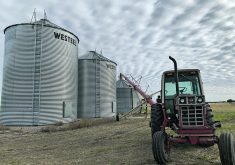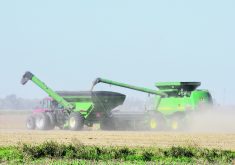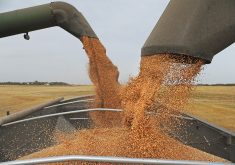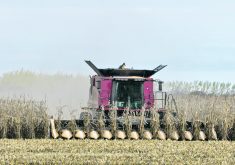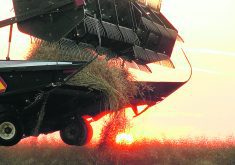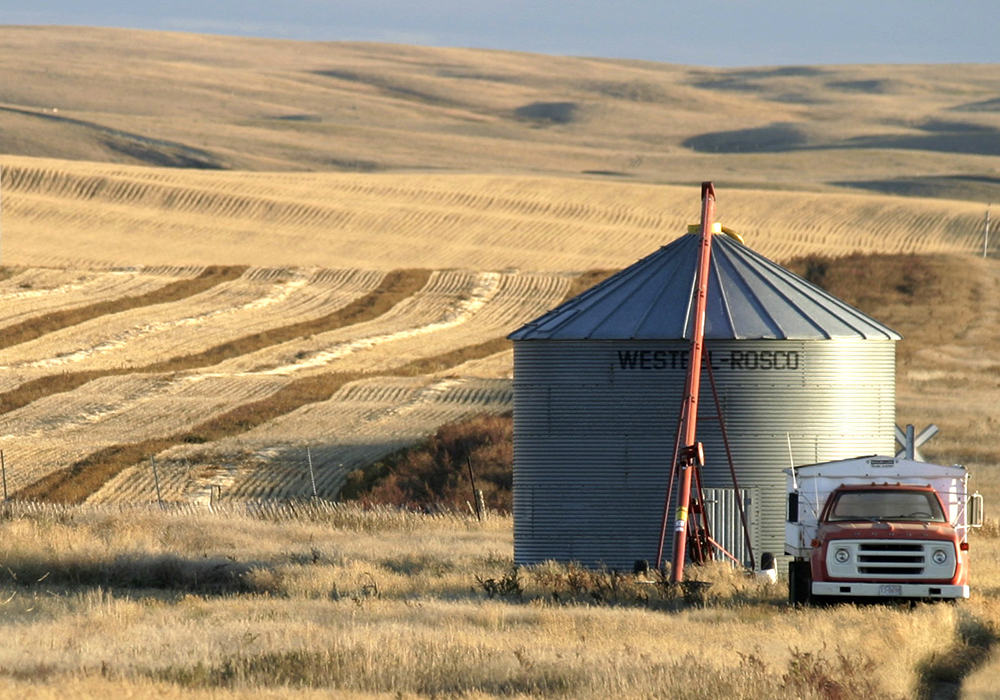Alberta
South
Good harvest weather continued last week, and half to three-quarters of the crop is now in the bin.
Cereal yields are about 15 percent below average in the Enchant area, but numerous above average winter wheat yields have been reported.
Results from initial canola harvest are disappointing and in general about 15 percent lower than last year. Problems have been reported from wind displacing canola swaths, which will add difficulty to harvest.
Central
Harvest is one-third complete. Moisture has delayed progress in the Three Hills and Trochu regions, where it is about 25 percent done, but further east progress has reached half to three-quarters completion.
Read Also
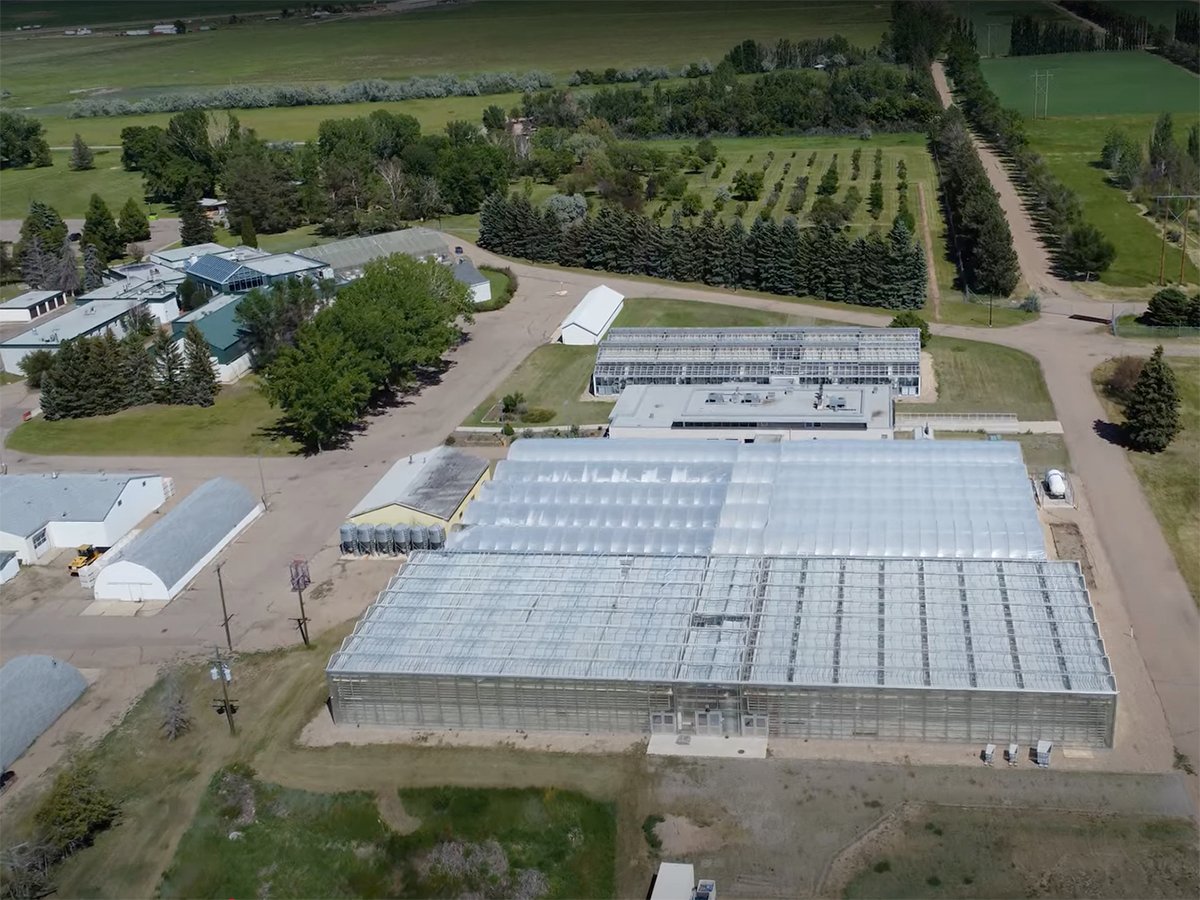
Alberta crop diversification centres receive funding
$5.2 million of provincial funding pumped into crop diversity research centres
Barley yields are 60 to 70 bushels per acre, with lighter weights and higher protein levels. Wheat ranges from 35 to 70.
Some ergot has been reported but it’s not as bad as last year. Protein levels are good.
Canola harvest has barely begun but early yields are 25 to 30 bu. Per acre. Disease pressure from aster yellows and sclerotinia appear to have taken a toll.
Moisture conditions are generally good but producers will be looking for rain once harvest is complete.
Northwest
Harvest is 20 percent complete overall, with wheat at 50 percent, barley at 20 percent and canola at five percent.
Yields are about 40 bu. per acre for hard red spring, 60 to 90 for Canadian Prairie Spring, 60 to 100 for barley and 30 to 50 for canola. Yields are generally 15 percent lower than last year, which was an above average year.
Good harvest weather was in the forecast late last week. Soil moisture is generally good in the region.
Northeast
Rain stalled harvest last week but the five-day forecast for last weekend and into this week was conducive to harvest.
Pea harvest is complete.
Most cereal crops have been swathed and yields look promising.
Canola harvest is in early stages. Yields have been severely affected by disease and insects, including aster yellows, sclerotinia, blackleg and bertha armyworm. Bertha damage is spotty but severe in some fields.
Canola yields in the Lashburn area are reported at 20 to 25 bu. per acre, and slightly higher in the Paradise Valley area at 20 to 25 bu. per acre.
Soil moisture is adequate or above adequate in most of the region.
Peace
Harvest is more than 50 percent complete. Peas and winter wheat are 95 percent done, and spring wheat is 75 percent complete. Canola harvest is now starting, with 10 to 15 percent combined.
Spring wheat yields are 40 to 45 bushels per acre, peas 25 to 30 bu. per acre, winter wheat 60 to 65 and early canola 25 to 30.
Summer heat that caused flower blast appears to be the main culprit in reduced canola yields, along with lygus and bertha armyworm.
Good harvest weather was reported late last week, and resulting progress should allow farmers to compete fall work in timely fashion. Soil moisture is low. Winter wheat seeding is on hold awaiting harvest completion and hopefully rain.
Manitoba
Southwest
Dry, sunny weather has aided harvest progress. Combining of spring wheat is basically complete with yields of 40 to 50 bushels per acre and high protein levels.
Barley yields are around 40 bu. per acre, but bushel weights are lighter than normal.
Sunflower crops look good and harvest will begin in a couple of weeks.
Rain is needed to invigorate pastures and replenish dugouts in the region.
Central
Soybean harvest is underway, and producers are reporting yields of 25 to 30 bu. per acre. Many bean fields have turned brown or are close to maturity. The majority of producers will begin combining by the middle of the month.
Potato digging continues and yields are reported as above average.
Edible bean growers are also reporting decent yields. Some pinto bean fields have generated 2,000 pounds per acre. Navies and blacks are yielding as high as 2,500 lb. per acre.
Northwest
Most of the canola crop has been combined. Yields are averaging 25 to 27 bu. per acre, with some fields producing 50 bu. per acre.
Spring wheat is averaging 45 to 50 bu. per acre in the region. Oat yields are averaging 85 to 90 bu. per acre.
Growers still have hemp, soybeans, flax and corn to harvest.
Annual crops are producing an ample amount of good quality straw.
Pasture regrowth has slowed and rain is needed.
Eastern
Winter wheat seeding is progressing rapidly. Acres across the province are expected to increase, thanks to an early harvest of spring crops and strong prices.
Winter feed supply remains a concern in the region. Hay supply is rated at 25 to 50 percent of adequate. Feed grain is at 25 to 80 percent adequate.
Pasture is rated at poor to very poor.
Cattle producers in the southeast have been feeding animals for a few weeks. Dugouts are drying up and producers are hauling water for their livestock.
Interlake
Canola and spring cereal harvest is basically complete, except for crops around Arborg and Riverton, where wet fields have slowed progress.
Corn silage harvest is progressing in the south Interlake.
Pasture conditions vary across the region, but most pastures should carry livestock into the fall.
Saskatchewan
Harvest is ahead of schedule in Saskatchewan, where 38 percent of the crop has been combined compared to the five-year average of 26 percent. Another one-third of the crop is swathed.
Progress ranges from five percent combined for flax to 99 percent for winter wheat. Canola is 31 percent combined, while spring wheat was at 24 percent as of Sept. 3.
Many regions are reporting below average yields.
SOUTH
Harvest is progressing rapidly in the south where 56 percent of the crop has been combined in the southeast, up from 32 percent the previous week, and 69 percent in the southwest, up from 49 percent.
Most growers are disappointed with yields, which have been lowered by a combination of flooding, disease, insects and heat stress.
Spring wheat is expected to average 35 bushels per acre in the southeast and 32 bu. in the southwest. Canola is expected to yield 26 to 27 bu. per acre across the south.
Crop quality may be downgraded because of ergot, fusarium, frost, wheat midge damage and green kernels.
Topsoil moisture on cropland is rated 61 percent short and 22 percent very short in the southwest.
CENTRAL
Harvest advanced nicely in the east-central part of the province where 28 percent of the crop is in the bin, up from 10 percent the previous week.
Strong winds, rain and hail delayed harvest in some parts of the west-central region where 23 percent of the crop has been combined, up from eight percent.
Yields range from below average to very poor right across the central portion of the province. Spring wheat is averaging 31 to 32 bu. per acre, while canola is in the 24 to 27 bu. range.
Quality could be an issue. Some barley is coming off lighter than normal in the east-central region and many canola crops in the west-central region are not maturing and have high green seed counts.
Growers are optimistic that later seeded crops will yield better than earlier seeded crops.
NORTH
Harvest is progressing slowly in the north because of wet field conditions and slowly maturing crops. Twelve to 14 percent of the crop has been combined compared to four to five percent the previous week. However, another 55 percent is swathed or ready to straight combine.
Yields range from below average to very poor, with spring wheat averaging 35 to 39 bu. per acre and canola 27 to 30.
Quality is a concern with high green counts in canola and cereal crops, light barley crops and bleaching and staining in cereals.


